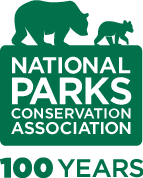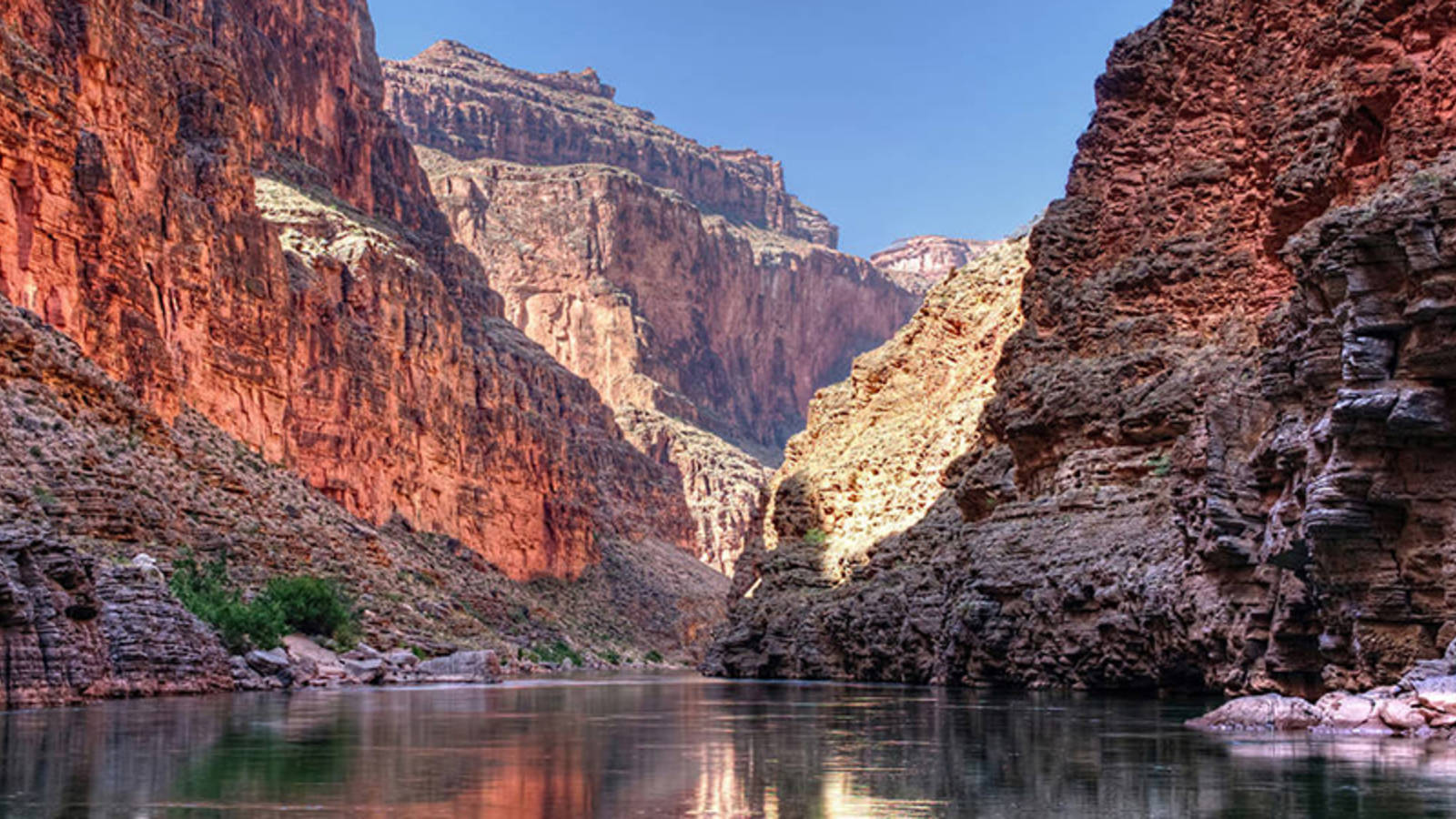A Century of Impact
Clearing the Air


A Century of Impact


Shenandoah National Park stretches 105 miles along the spine of the Blue Ridge Mountains of Virginia, between the Piedmont to the east and its namesake river to the west. It’s just a two-hour drive from the nation’s capital — more than 1.4 million visitors a year come to Shenandoah to hike, camp and enjoy the stunning views — but its spectacular overlooks, abundant wildlife and cascading waterfalls make it feel like it’s a world away.
Established in 1935 during the Great Depression, the park has always had a connection to Washington, D.C.: much of its infrastructure was built by President Franklin D. Roosevelt’s Civilian Conservation Corps, and Rapidan Camp, President Herbert Hoover’s summer retreat, is located within its boundaries.
But in Shenandoah National Park’s earliest days, that connection was a visible one. On a clear day, it is said, one could look eastward and see the Washington Monument, some 100 miles away.
It’s something contemporary visitors, who often experience hazy views, can barely imagine.
… I know that our bodies were made to thrive only in pure air, and the scenes in which pure air is found.
While smog and haze have hampered visibility in Shenandoah for decades, NPCA’s longstanding efforts are helping to clear the air and mitigate the impacts of climate change.
In 2004, NPCA helped lead the campaign that forced a gas-fired power plant proposed nearby to reduce its emissions — and reached a settlement with a West Virginia utility that resulted in both improvements to its new coal-fired power plant and a multimillion-dollar contribution to climate education and mitigation projects. And a decade later, after a 10-year campaign, we defeated a proposal to build a coal-waste-burning power plant in Pennsylvania that would have degraded air quality in Shenandoah National Park.
We’re encouraged by this progress: The well-being of both people and wildlife depends on it.

Led the environmental community in establishing, strengthening, defending and ensuring state and federal implementation of the Regional Haze Rule — a provision of the Clean Air Act that protects national parks from pollution — reducing carbon dioxide pollution and resulting in the required cleanup and transition of more than 100 coal-fired power plants across the country
Secured one of the largest pollution reduction agreements in U.S. history through the retirement of coal-fired power plants near Great Smoky Mountains National Park
Advanced rules that reduce methane and other air pollution from oil and gas development near national parks
Issued the “Polluted Parks” report to grade the pollution-related damage to the 48 national parks required by the Clean Air Act to have the highest possible air quality
Published a detailed story map and educational resources to highlight the impacts of polluted air on public health, park visibility and climate change
NPCA collaborated with the Navajo environmental group Dine’ CARE to produce a video that raises the profile of native voices advocating for better air quality in the Southwest.

A Century of Impact
Fighting to Keep the Canyon Grand

Make a tax-deductible gift today to provide a brighter future for our national parks and the millions of Americans who enjoy them.
Donate Now